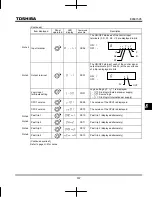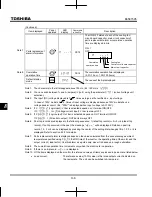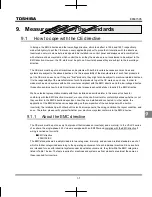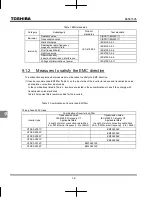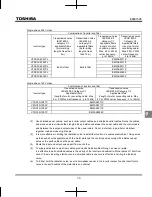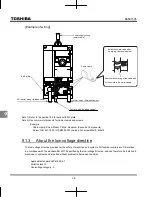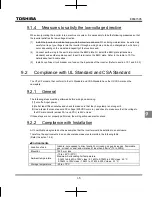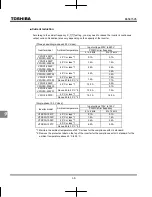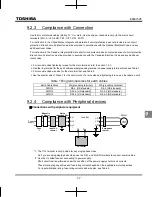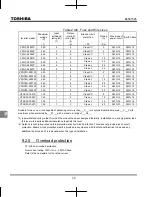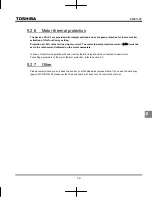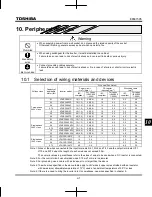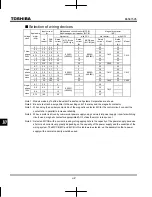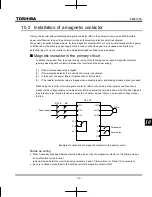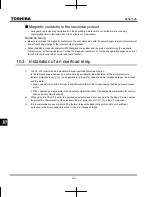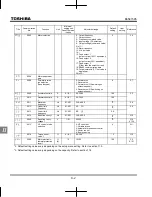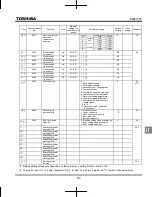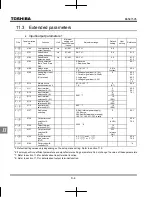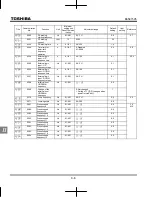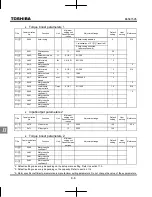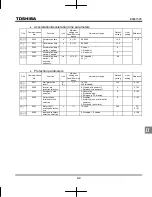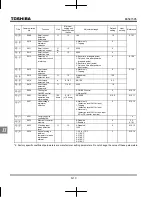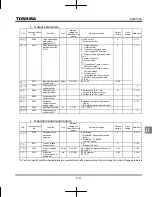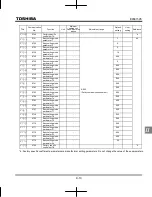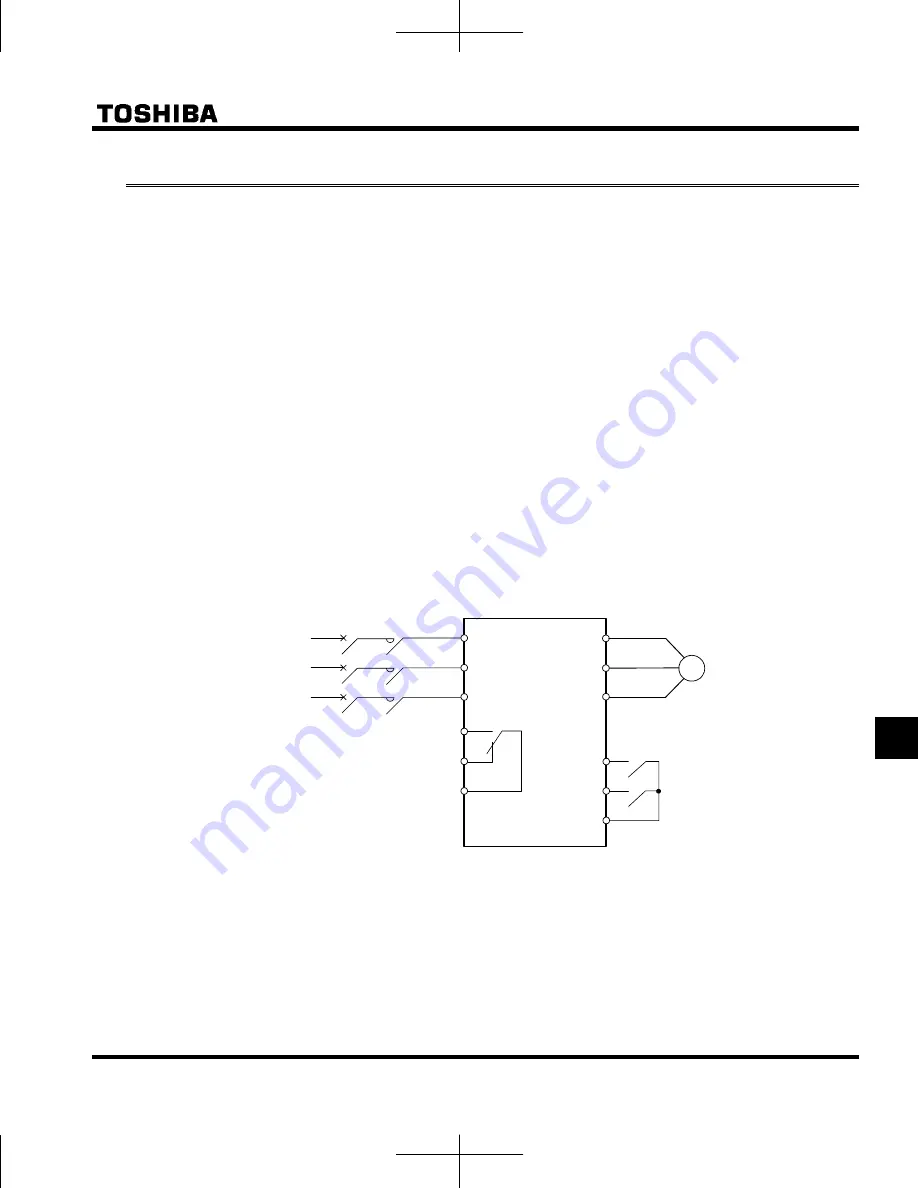
E6581595
J-3
10
10.2 Installation of a magnetic contactor
If using the inverter without installing a magnetic contactor (MC) in the primary circuit, use an MCCB (with a
power cutoff device) to open the primary circuit when the inverter protective circuit is activated.
When using an optional brake module, install a magnetic contactor (MC) or non-fuse circuit breaker with a power
cutoff device on the primary power supply of the inverter, so that the power circuit opens when the failure
detection relay (FL) in the inverter or the externally installed overload relay is actuated.
Magnetic contactor in the primary circuit
To detach the inverter from the power supply in any of the following cases, insert a magnetic contactor
(primary-side magnetic contactor) between the inverter and the power supply.
(1) If the motor overload relay is tripped
(2) If the protective detector (FL) built into the inverter is activated
(3) In the event of a power failure (for prevention of auto-restart)
(4) If the resistor protective relay is tripped when a braking resistor and braking module (option) are used
When using the inverter with no magnetic contactor (MC) on the primary side, install a non-fuse circuit
breaker with a voltage tripping coil instead of an MC and adjust the circuit breaker so that it will be tripped if
the protective relay referred to above is activated. To detect a power failure, use an undervoltage relay or
the like.
Example of connection of a magnetic contactor in the primary circuit
Notes on wiring
When frequently switching between start and stop, do not use the magnetic contactor on the primary side as
an on-off switch for the inverter.
Instead, stop and start the inverter by using terminals F and CC (forward run) or R and CC (reverse run).
Be sure to attach a surge killer to the exciting coil of the magnetic contactor (MC).
MC
VF-nC3
R/L1
U/T1
W/T2
W/T3
F
R
CC
S/L2
T/L3
FLC
Forward run
Reverse run
Motor
FLB
FLA
MCCB
Power supply

